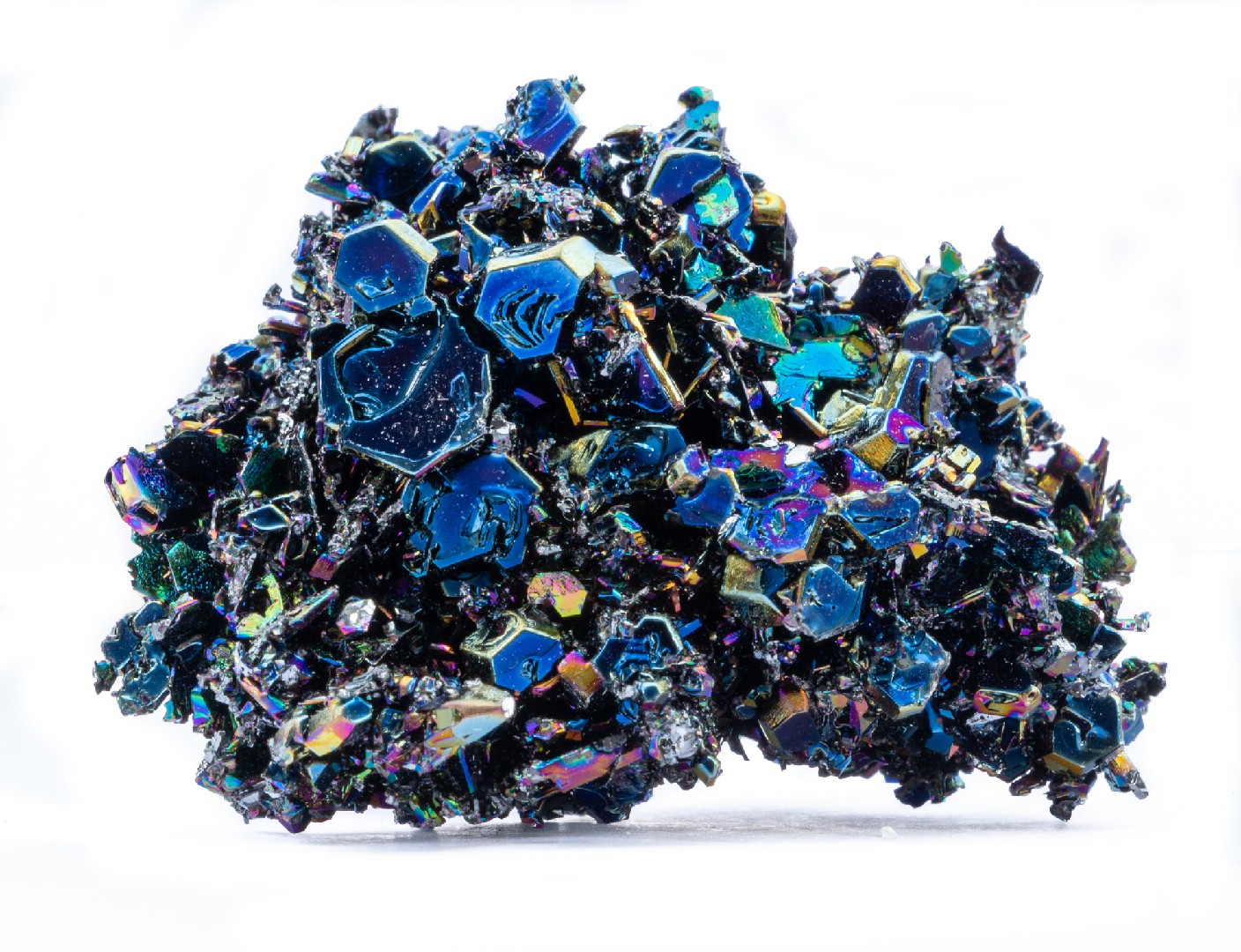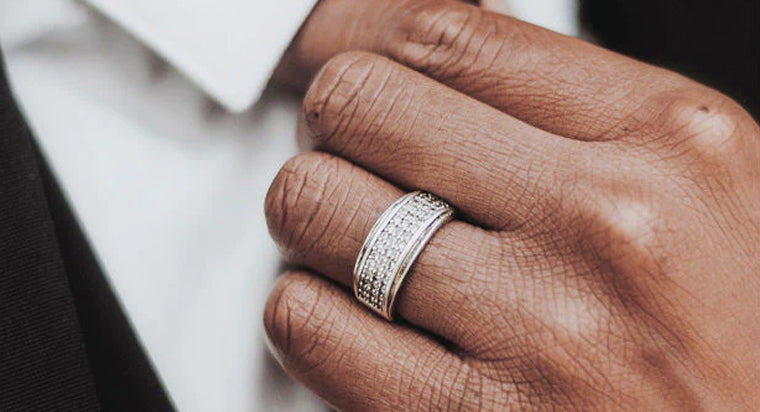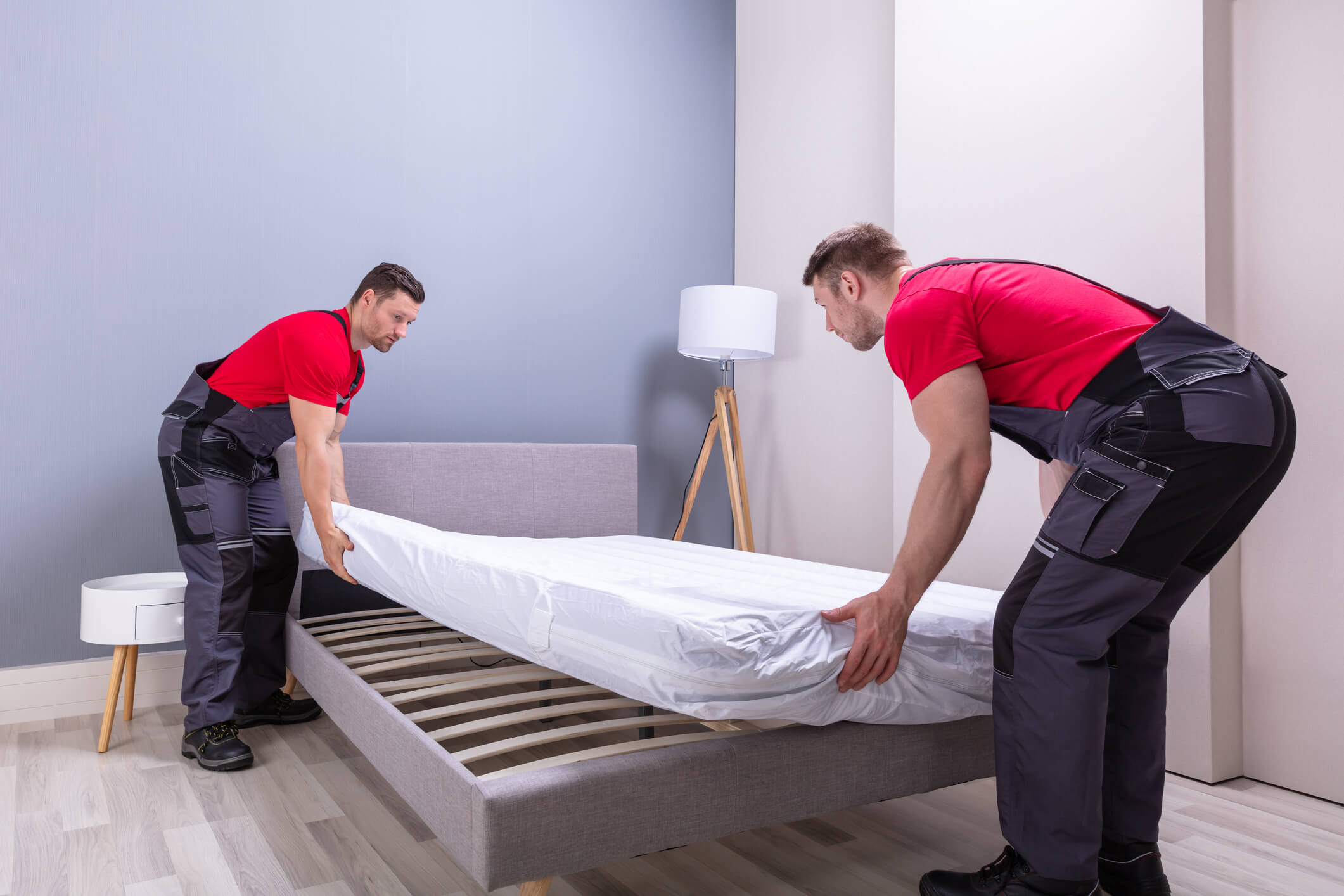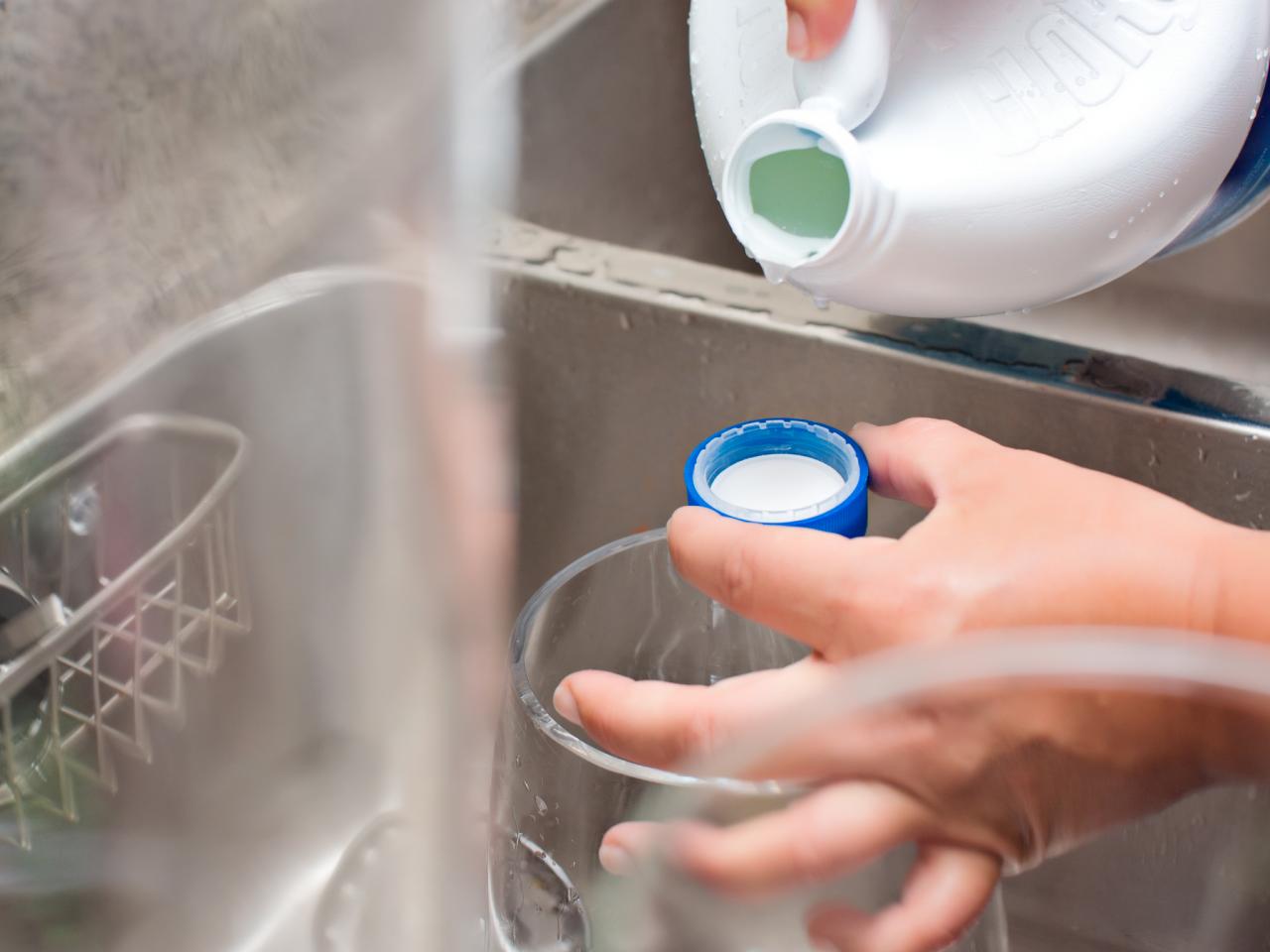Bleach is the traditional answer for a variety of cleaning tasks around the house. When your local store sells speciality cleaning goods, it can be simple to overlook this really useful disinfection tool. Instead of using common household disinfectants, you can use bleach to effectively eliminate bacteria on surfaces. Since bleach is an oxidising agent, it reacts with surfaces and dissolves chemical bonds, but these actions do not effectively remove dirt. Therefore, you must first scrub and rinse the surface before applying a bleach solution to disinfect it. It’s important to understand how to use bleach properly, including safety precautions and how long the surface needs to dry after washing with it.
Cleaning Techniques With Bleach
Clean Cutting Boards
Cutting boards and counters made of butcher blocks can accumulate a lot of bacteria over time. Use a brush dipped in a solution of 1 teaspoon of bleach diluted in 2 litres of water to scrub the surface. It is a good idea to scrub the boards and counter in small circles with a brush dipped in the solution; take care not to soak the wood. After wiping with a paper towel that is just slightly damp, quickly buff it dry with a clean cloth.
Washing Laundry
It’s safe to use oxygen bleach, also known as colour-safe bleach, on a variety of fabrics. This bleach works great when you have laundry that could use sanitising, such as baby clothes or exercise clothes, because, unlike chlorine bleach, it leaves colour or patterns intact on the colourfast clothing. Experts advise incorporating a cup of oxygen bleach into your wash cycle for a thorough clean. For whites, chlorine bleach can be used to get rid of stains and odours. You can also approach the mattress cleaning specialists, just in case, they lost their shine.
Polish Up White Porcelain
Place several paper towels over the object in a well-ventilated area on a work table covered in thick plastic (or over the bottom of the sink), and slowly soak them in undiluted bleach. Allow to soak for 15 to 30 minutes, then rinse and pat dry with a fresh towel. You must take care that you do not try this with antiques as you can damage or reduce their worth. Additionally, as bleach will cause coloured porcelain to fade, never use it for cleaning.
Clean Up Your Sidewalks
Moss and algae growth can make stepping stones, masonry walkways, concrete sidewalks, and brick paths appear worn and old. Use a solution of one cup of bleach dissolved in one gallon of water to restore your garden lanes. Spray on the walkway, allow to sit for a short while, and then spray off the mixture, being careful to aim away from the border plantings. If your sidewalk is too dirty, you’ll have to call in the services of a well-established house cleaning company.
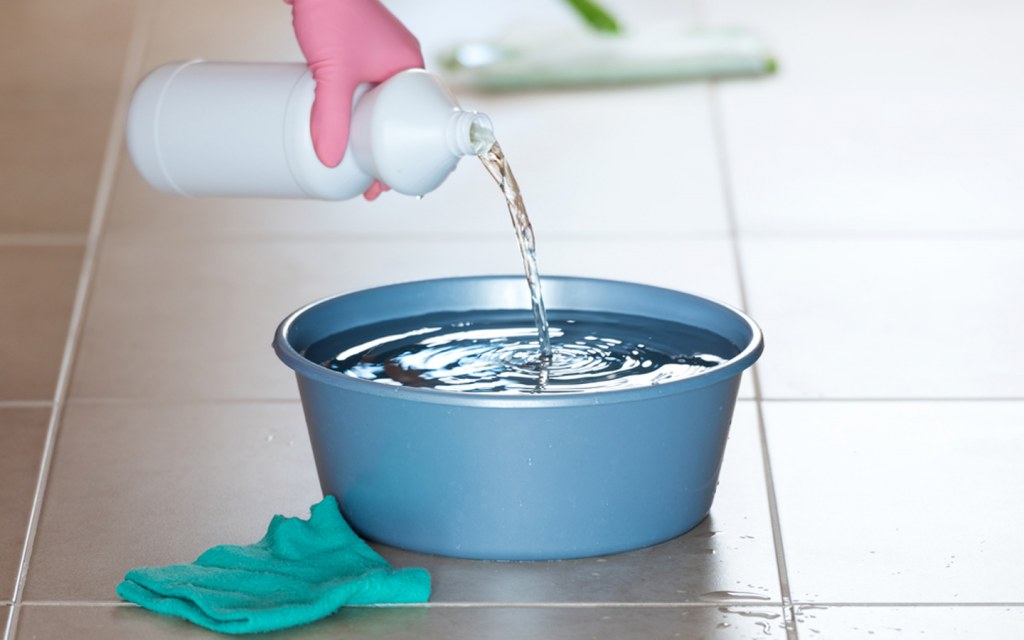
Revive Your Fence
Bleach can be used to freshen a wood privacy fence that has become grey and dingy due to mold, mildew, or dirt. Put drop cloths on either side of your fence to shield the plants from bleach damage, and then shield your own skin and eyes with rubber gloves and safety glasses. Then, using a garden sprayer, apply bleach that has been diluted in water to the fence slats. Rinse thoroughly with a garden hose after giving the bleach some time to work.
Clean Dingy Grout
After some years, tile grout can become quite dingy and lifeless, giving your bathroom an outdated appearance. You can help grout can regain its natural shine with the aid of bleach. Spray grout with a solution of water and a small amount of bleach. Allow it to soak into the grout for a few minutes before using an old toothbrush or small bristle brush to scrub it clean. A bleach gel pen designed for treating tiny clothes stains can be used as a last resort.
Get Rid Of Mosquitoes
In addition to being a potent cleaner, bleach also acts as a pesticide. When used correctly, a few drops of Clorox bleach applied to a birdbath prevents mosquitoes from breeding in standing water. Larvae, which thrive in still water, are killed by this treatment. Nevertheless, a little goes a long way; 50 gallons of water treated with a spoonful of bleach kills bugs while being safe enough for the birds. Never put bleach in ponds or natural rivers.
Sanitise Trashcans
Even the most diligent housekeepers occasionally have to deal with a kitchen trashcan that has become contaminated. When this happens, take the pail outside and use a garden hose to remove any loose particles. Then, mix warm water and 1/2 to 1 cup of bleach with a few drops of dishwashing liquid. Splash and scrub the solution on the bottom and sides of the container using a toilet brush or a scrub brush with a long handle. Empty the trashcan, rinse with the hose and let it air dry.




